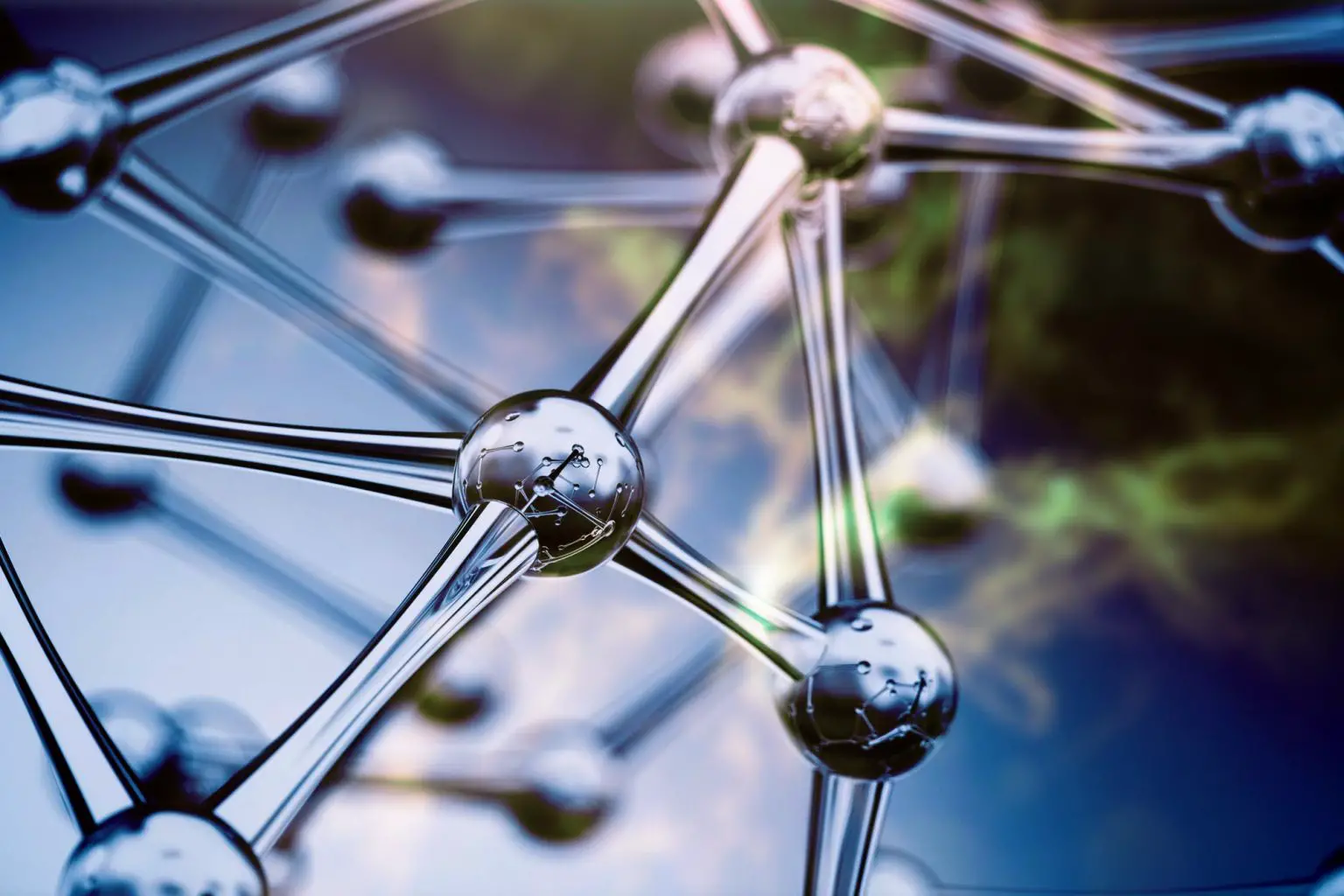A large amount of pure energy is hidden in sight. This is hydrogen (H) that can be extracted from water2O) Using renewable energy. Researchers are looking for cost-effective strategies to extract pure hydrogen from water to replace fossil fuels and combat climate change.
Hydrogen is a powerful energy source for vehicles that emit only water. It also plays a critical role in various industrial processes, including the production of steel and ammonia. The use of purer hydrogen would be extremely beneficial in these industries.
A multi-institutional team led by the U.S. Department of Energy’s (DOE) Argonne National Laboratory has developed a low-cost catalyst for a process that extracts pure hydrogen from water. Other contributors include Sandia National Laboratories and Lawrence Berkeley National Laboratory, and Giner Inc.
“A process called electrolysis produces hydrogen and oxygen from water and has been used for over a century,” said Di-Jia Liu, a senior chemist at Argonne. He also has a joint appointment at the Pritzker School of Molecular Engineering at the University of Chicago.
Proton exchange membrane (PEM) electrolyzers represent a next-generation technology for this process. They can split water into hydrogen and oxygen with greater efficiency at temperatures close to room temperature. Declining energy demand makes them an ideal choice for producing pure hydrogen from renewable but intermittent sources such as solar and wind.

Postdoctoral Chenzhao Li carries a pressurized reactor for catalyst synthesis, while senior chemist Di-Jia Liu examines a catalyst sample in a tube furnace after heat treatment. Authorship: Argonne National Laboratory
This electrolyzer works with separate catalysts for each of the electrodes (cathode and anode). The cathodic catalyst releases the hydrogen, the anodic one releases the oxygen. The problem is that the anode catalyst uses iridium at the current market price of about $5,000 per ounce. The lack of supply and the high cost of iridium are the main barriers to the widespread adoption of TEM electrolysers.
The main ingredient of the new catalyst is cobalt, which is much cheaper than iridium. “We aimed to develop a low-cost anode catalyst in a PEM electrolyzer that produces high-performance hydrogen while consuming minimal energy,” said Liu. “Using a cobalt-based catalyst made by our method can eliminate a significant cost bottleneck for producing pure hydrogen in an electrolyzer.”
Giner Inc., a leading research and development company working on the commercialization of electrolyzers and fuel cells, evaluated the new catalyst under industrial operating conditions using PEM electrolyzer test stations. Efficiency and durability significantly exceed the indicators of competitors’ catalysts.
Understanding the atomic scale reaction mechanism under the operating conditions of an electrolyzer is important for further improvement of catalyst performance. Using X-ray analysis at the Advanced Photon Source (APS) on Argonne, the team deciphered critical structural changes that occur in the catalyst under operating conditions. They also determined the key properties of the catalyst using electron microscopy at Sandia Labs and the Argonne Center for Nanoscale Materials (CNM). APS and CNM are special facilities of the DOE Office of Science.
“We imaged the atomic structure on the surface of the new catalyst at various preparatory stages,” said Jianguo Wen, an Argonne materials scientist.
In addition, computational modeling at the Berkeley Lab has revealed important information regarding the stability of the catalyst under reaction conditions.
“More generally, our results represent a promising way to replace catalysts made from expensive precious metals with elements that are much cheaper and more common,” said Liu. Said. Source














